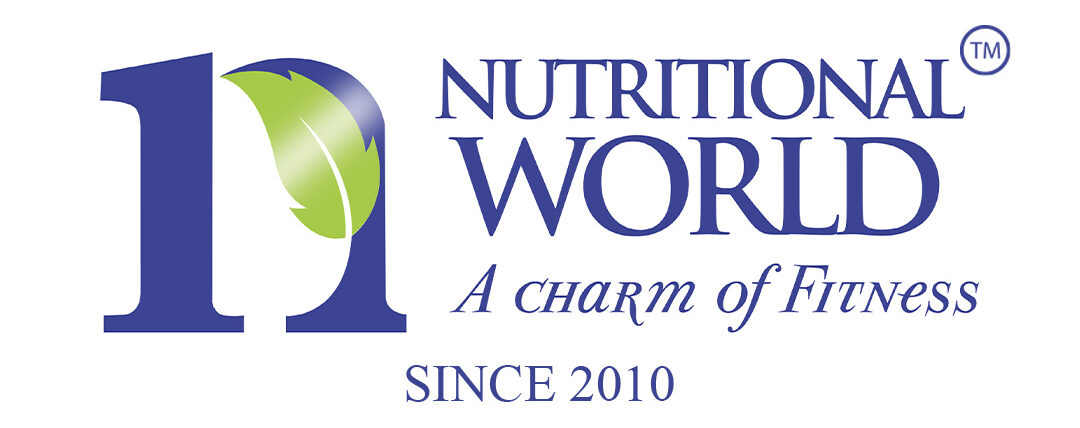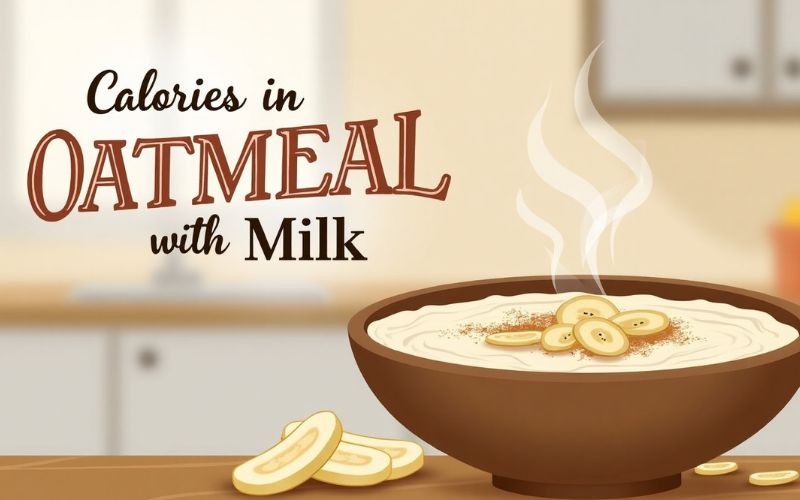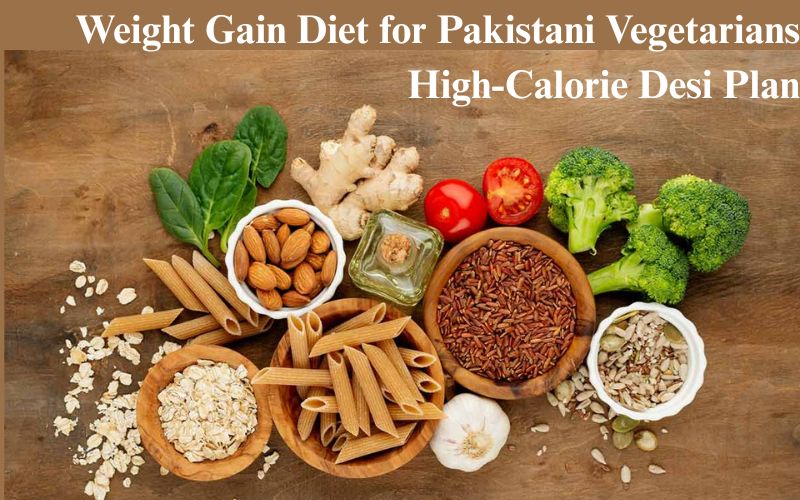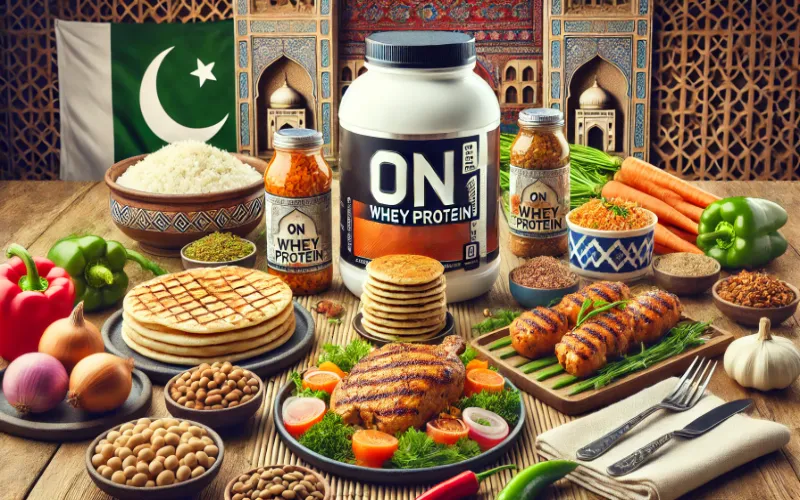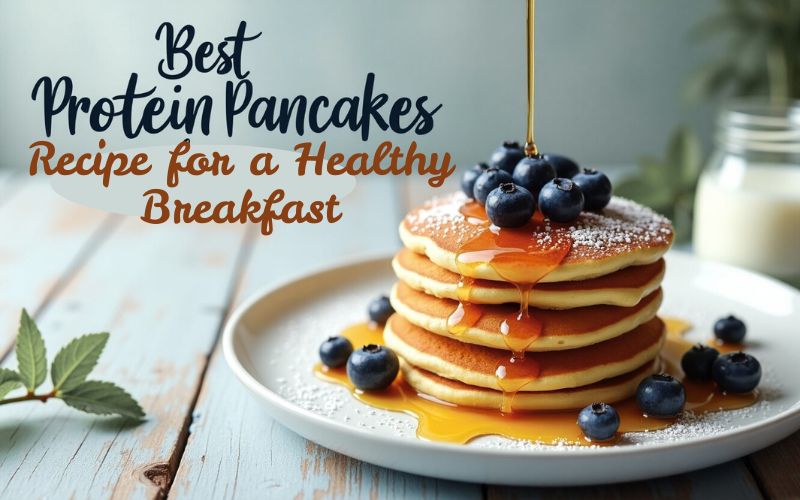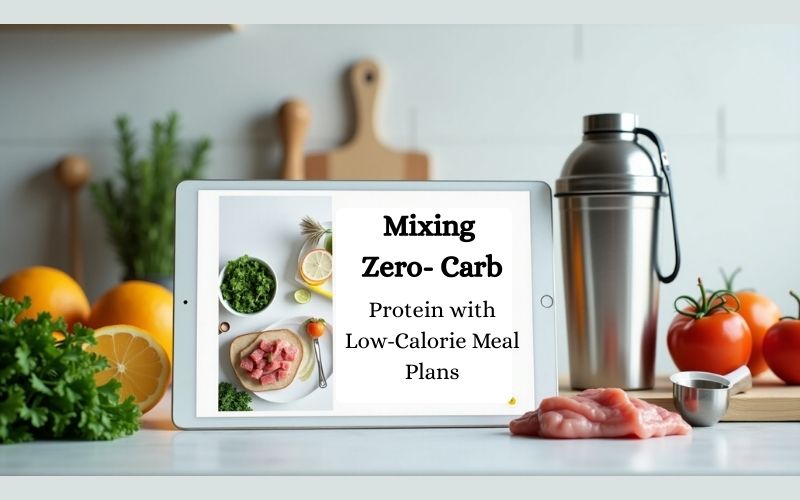As more people embrace plant-based, high-protein, and low-fat meals for weight loss, muscle maintenance, and overall wellness, traditional dishes like dal are being rediscovered—not just for their taste but also for their nutritional power.
Dal, or lentil-based dishes, are staples in South Asian cuisine. But what makes them especially relevant today is their nutrient density, affordability, and adaptability to modern fitness goals. Whether you’re vegan, vegetarian, or simply looking to cut calories and build lean muscle, portion-controlled dal recipes that are high in plant protein and low in fat are a smart addition to your diet.
As a nutrition writer with a specialization in plant-based diets and South Asian culinary science, I’ve guided many clients toward smarter meal planning using traditional recipes optimized for macros and calorie control—and dal is often the MVP of the plan.
Table of Contents
Why Dal Is a Perfect Fitness Food
Dal (lentils and pulses) are a nutritional goldmine—especially for those aiming to build muscle, manage weight, and eat cleaner:
High Plant Protein Content
While dal is not a complete protein on its own, when paired with whole grains like brown rice or whole wheat roti, it delivers all essential amino acids—just like animal protein.
Low in Fat & High in Fiber
Cooked without ghee or heavy oils, dal remains low in fat and high in dietary fiber, which supports satiety and blood sugar stability.
Micronutrient Rich
Lentils are naturally high in:
- Iron (important for energy and endurance)
- Magnesium & Zinc (essential for recovery and immunity)
- B Vitamins (vital for metabolism)
Perfect for Vegetarians & Calorie-Restricted Diets
Dal can easily fit into low-calorie meal plans while supporting muscle preservation and fat reduction.
High in Plant Protein, Low in Fat — Portion-Controlled Dal Recipes

Here are three fitness-friendly dal recipes that are easy to track, macro-aligned, and perfect for meal prep:
1. Moong Dal Tadka (Low-Oil, High-Protein)
Calories: 280 kcal
Protein: 17g | Carbs: 30g | Fat: 6g
Servings: 2
Ingredients:
- 1/2 cup split yellow moong dal (soaked for 30 mins)
- 2 cups water
- 1 tsp cumin seeds
- 1/2 tsp turmeric
- 1 tsp grated ginger
- 1/2 tsp mustard seeds
- 1 chopped green chili
- 1 tsp olive oil spray
- Salt to taste
- Fresh coriander (garnish)
Method (Stovetop or Instant Pot):
- Pressure cook moong dal with water, turmeric, and ginger until soft.
- In a separate pan, heat olive oil spray, add cumin, mustard seeds, and green chili.
- Mix the tadka into cooked dal. Garnish and serve with half a cup of brown rice or 1 small roti.
2. Red Lentil Masoor Dal with Spinach
Calories: 320 kcal
Protein: 18g | Carbs: 34g | Fat: 7g
Servings: 2
Ingredients:
- 1/2 cup red lentils (masoor dal)
- 2 cups baby spinach
- 1/4 cup diced tomatoes
- 1 tsp garam masala
- 1/2 tsp coriander powder
- 1/2 tsp turmeric
- 1/2 tsp olive oil
- 2 cups water
- Salt & chili to taste
Method:
- Cook lentils and water in a pot with turmeric and salt.
- Add tomatoes and spices once the lentils soften.
- Stir in spinach and cook until wilted.
- Portion into meal prep bowls with 1/2 cup quinoa for added protein and fiber.
3. Chana Dal with Bottle Gourd (Protein + Fiber Powerhouse)
Calories: 350 kcal
Protein: 20g | Carbs: 35g | Fat: 8g
Servings: 2
Ingredients:
- 1/2 cup chana dal (Bengal gram) soaked
- 1 cup bottle gourd (lauki) cubes
- 1/4 cup onion, chopped
- 1/2 tsp cumin
- 1 tsp ginger-garlic paste
- 1/2 tsp turmeric
- 1/2 tsp red chili powder
- Salt to taste
- 1/2 tsp olive oil
Method:
- Pressure to cook chana dal with turmeric and bottle gourd.
- In a pan, prepare a low-fat tadka with cumin, onion, and ginger-garlic in olive oil.
- Add tadka to dal and mix well.
- Serve with quinoa or millet for a complete meal.
Portion Control Tips for Dal Meals
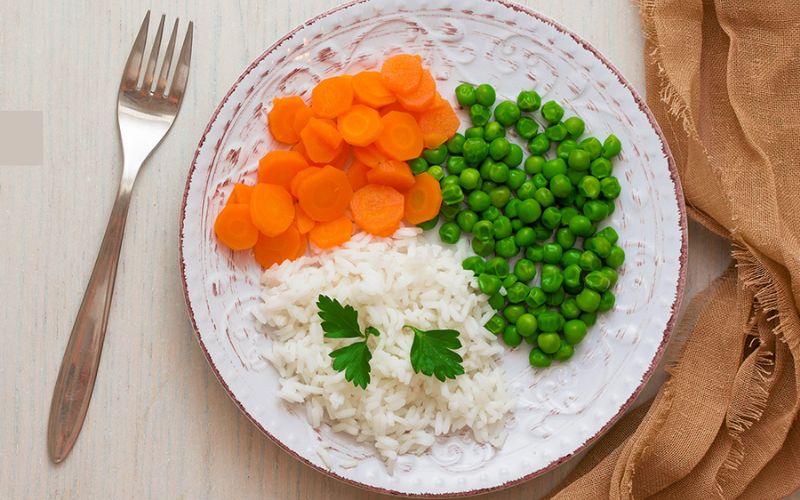
- ✅ Use a kitchen scale to measure 1/2 to 3/4 cup cooked dal per serving (approx. 150–180g)
- ✅ Visual method: 1 portion = size of your cupped hand or one full ladle
- ✅ Pair with:
- 1/2 cup brown rice
- 1 small whole wheat roti
- 1/2 cup quinoa
- ✅ Ideal fitness plate = 1/3 dal, 1/3 grain, 1/3 steamed veggies or salad
Nutritional Benefits at a Glance
These dal recipes are designed to:
- Support lean muscle retention during calorie deficits
- Promote stable blood sugar due to fiber and low glycemic index
- Assist in fat loss by providing satiety with minimal calories
- Enhance gut health through prebiotic fiber
Compared to meat-based meals, dal offers equivalent protein (when paired with grains) and significantly less saturated fat—without compromising taste.
Meal Prep & Storage Tips
- Batch cook 3–4 servings at once
- Store in glass containers for up to 5 days in the fridge
- Freeze dal (without tadka) for 2 weeks; add fresh tadka when reheating
- Reheat gently over stovetop or microwave with a splash of water to retain texture
Common Mistakes to Avoid
- Using excess oil/ghee in tadka — defeats the low-fat purpose
- Overcooking lentils — leads to a mushy, unappetizing texture
- Ignoring portion sizes — even healthy food can be overconsumed
- Skipping the rinse — lentils need thorough washing to reduce bloating
FAQs – High in Plant Protein, Low in Fat — Portion-Controlled Dal Recipes
Q: Is dal a complete protein?
A: Not on its own, but when combined with whole grains, it becomes a complete protein containing all essential amino acids.
Q: How can I make dal more filling without adding fat?
A: Add fiber-rich ingredients like vegetables (spinach, gourds) and chia or flax seeds for added bulk and satiety.
Q: Can I lose weight eating dal every day?
A: Yes—dal is low in fat, high in protein and fiber, and supports caloric control when portioned properly.
Q: What’s the best dal for protein?
A: Chana dal and moong dal are among the highest in protein. Split peas and masoor dal are also excellent.
Final Thoughts
Dal doesn’t have to be basic—and it’s far from boring when adapted to fitness-forward goals. These high in plant protein, low in fat — portion-controlled dal recipes prove you can blend tradition with macros, flavor with functionality.
At Nutritional World, we offer a wide range of health supplements and fitness essentials to complement your healthy eating habits. Visit our store today and fuel your wellness journey the smart way!
